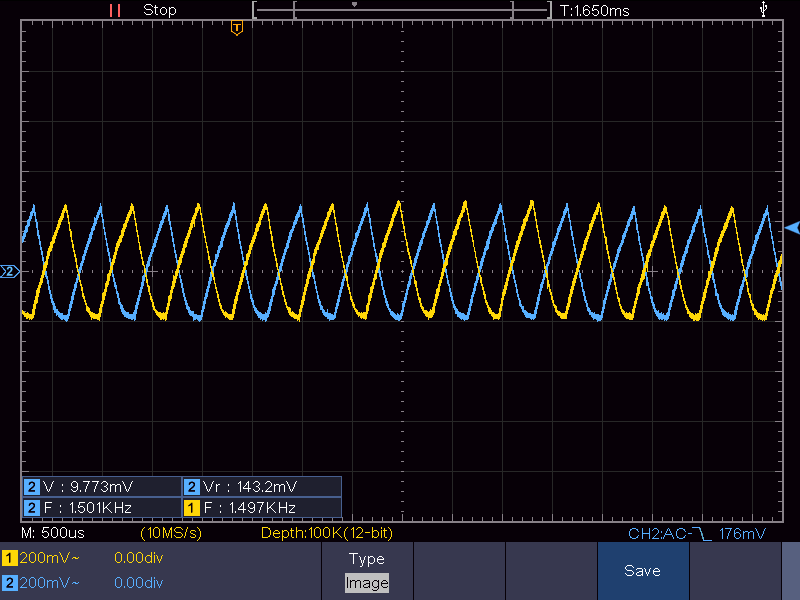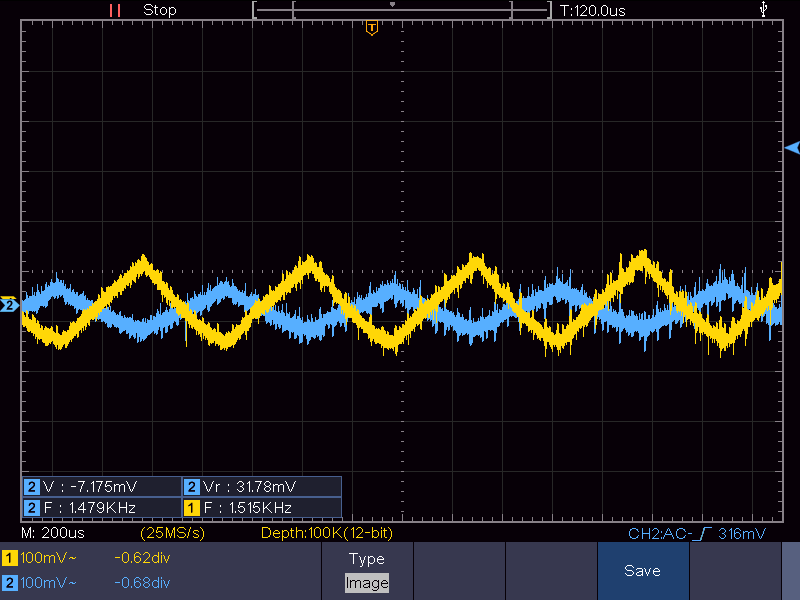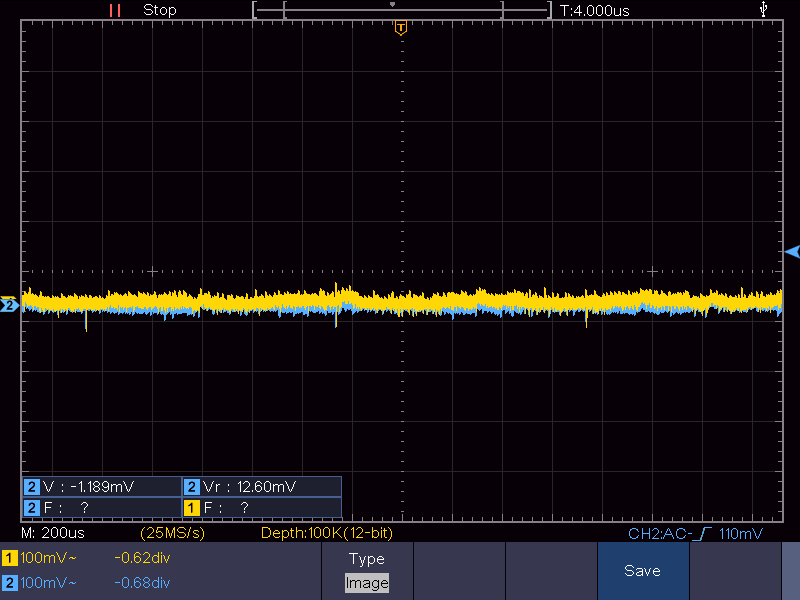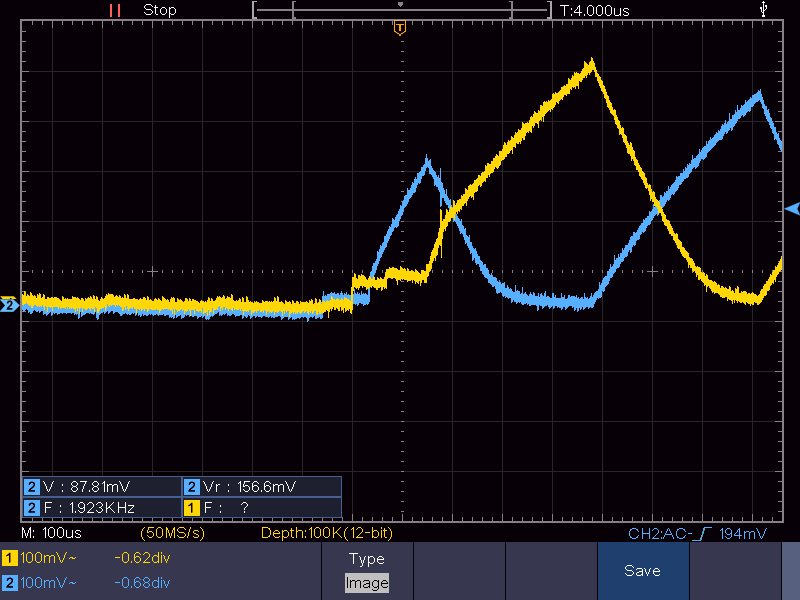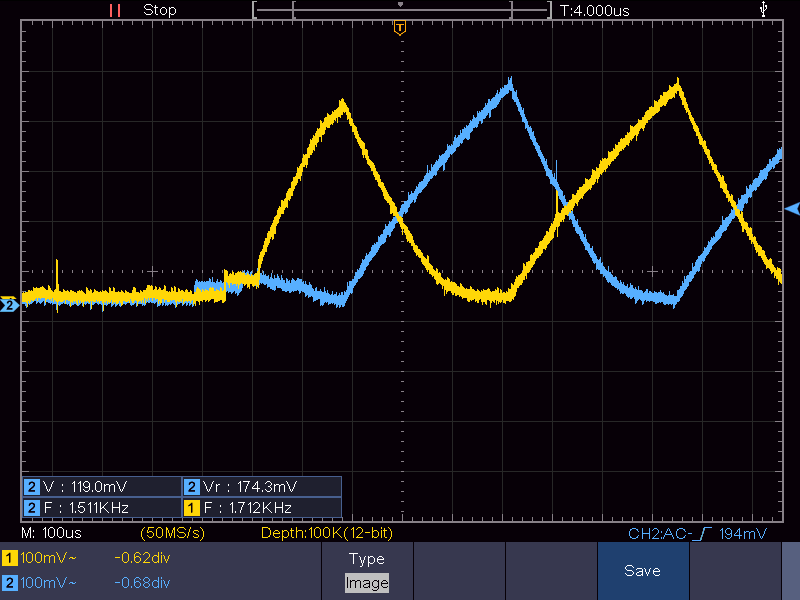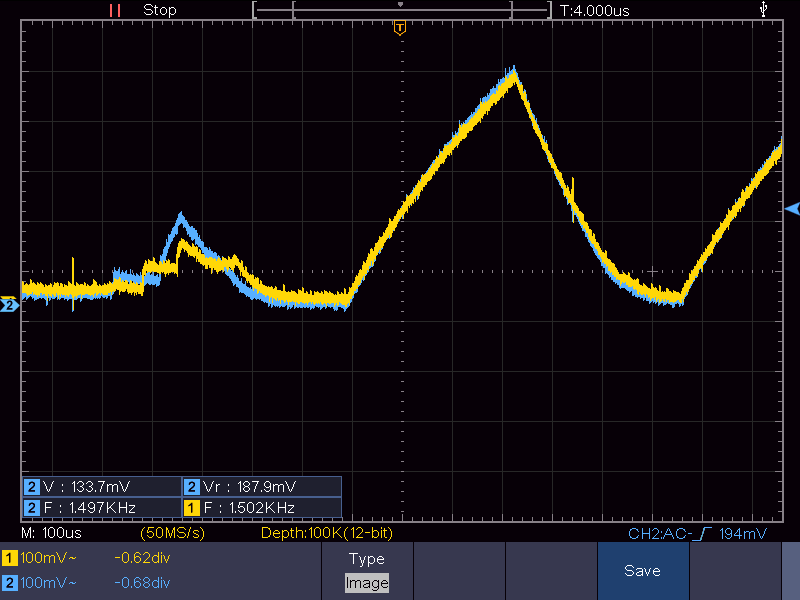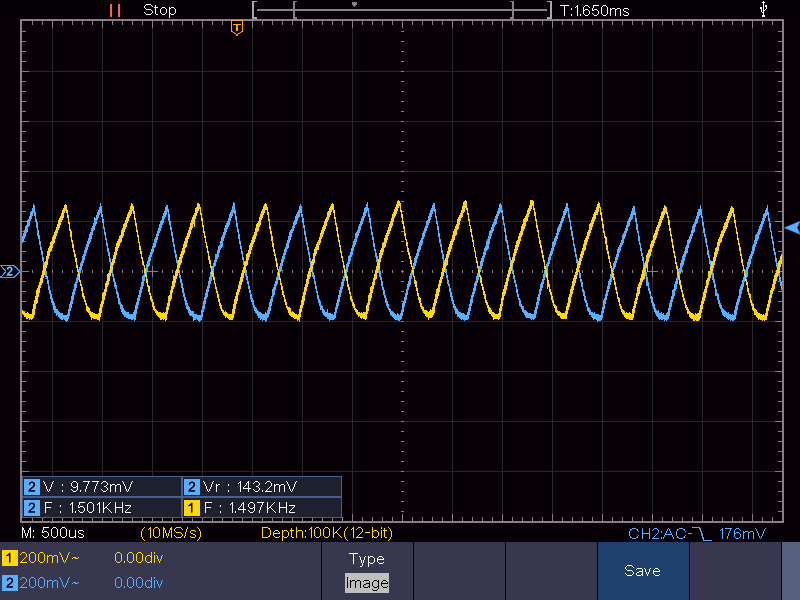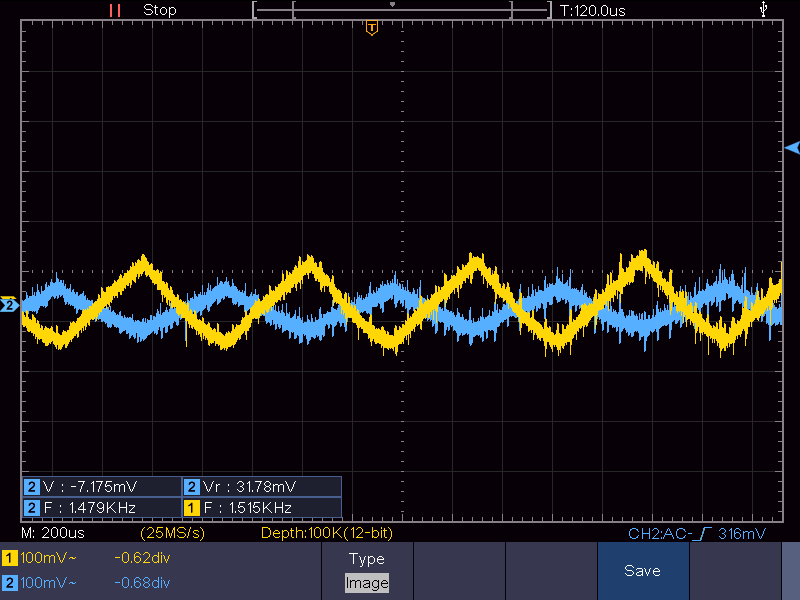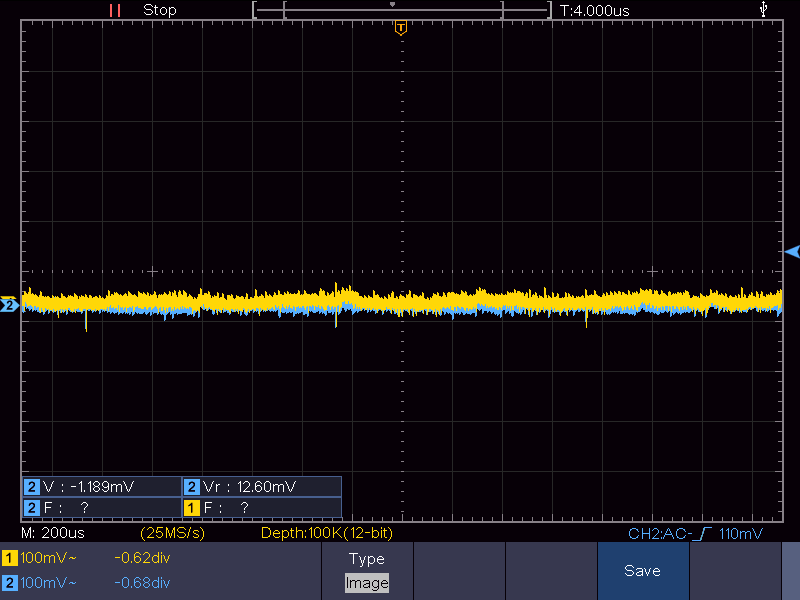Hi I'm working on an ADS1293 Multi-Chip design.
I have run into an issue with the AC lead off detection. The design involves a cable that houses the ECG input wires and since they are close together, there is some crosstalk occuring. Normally this wouldn't be an issue on a single chip design because the AC excitation currents are synchronised and are in phase. However, with a multi-chip design, it seems that the excitation current is not synchronised between chips. This leads to an inconsistent phase difference in excitation current and can result in cases where they cancel each other out through crosstalk. This causes the amplitude to drop below the programed Lead-On threshold producing a false Lead-On.
I've been able to work around this by adjusting the lead-on thresholds and AC frequencies so that they are different in each chip and are less likely to fully cancel each other out through the cable. Though I was wondering if you have run into this issue before and if it is possible to synchronise the excitation current bewteen chips. If not, can you suggest other alternative work arounds?
Regards
David


